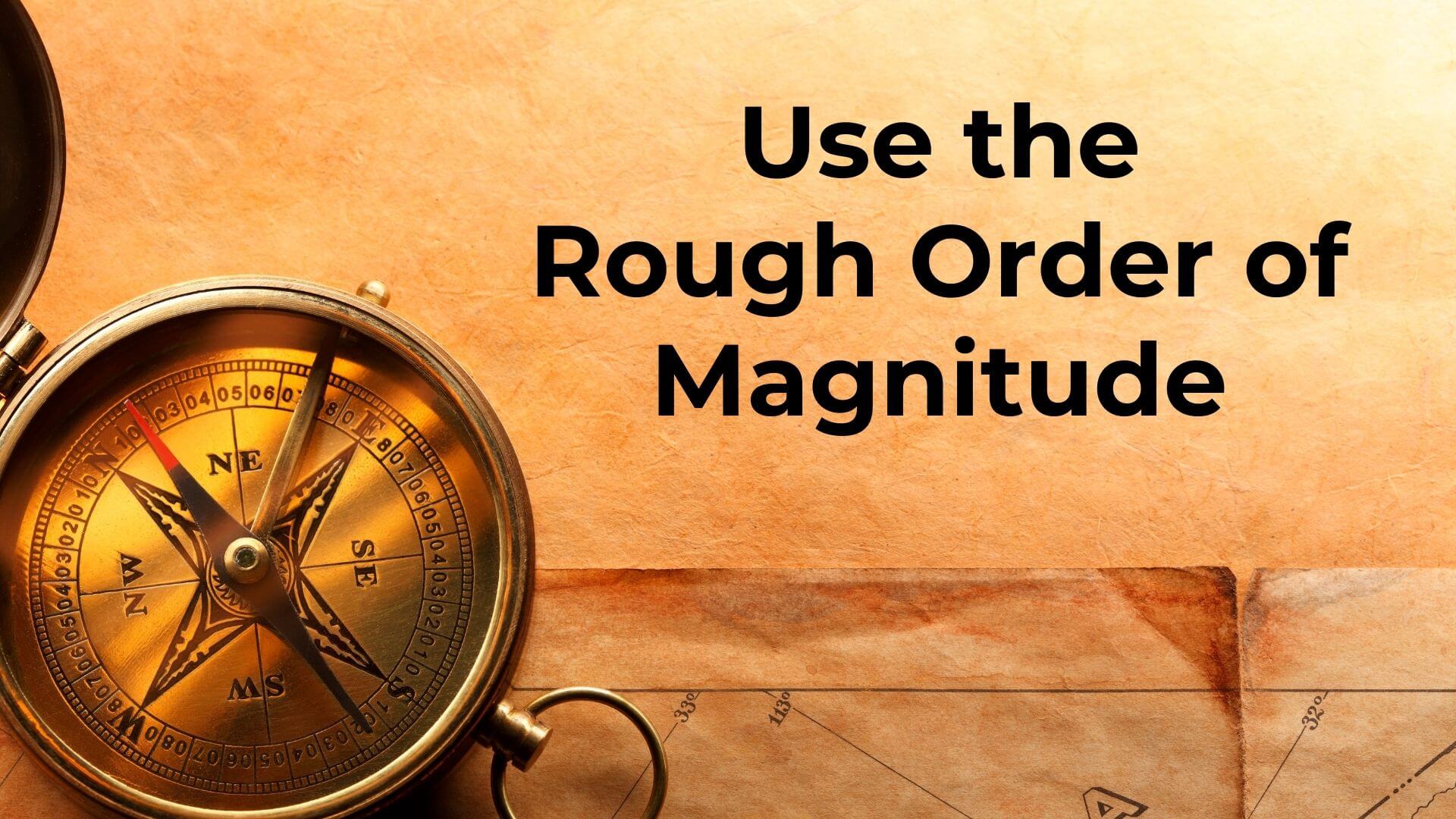Imagine you're at the helm of a crucial project, navigating through the fog of uncertainty. What if you had a compass that not only pointed you in the right direction but also prepared you for the storms ahead? This is where the Rough Order of Magnitude (ROM) comes into play, a tool that every project manager needs to master for steering projects towards success amidst the tides of risk and uncertainty.

Defining Rough Order of Magnitude (ROM)
The Rough Order of Magnitude is an early estimation technique used in project management to provide a ballpark figure of the project's cost and duration. ROM gives a preliminary assessment of the project scope and resources required. It's not about pinpoint precision but about providing a realistic overview based on available information.
Rough Order of Magnitude Estimate
ROM is estimated using historical data, expert judgment, and industry standards. It often involves analogous or parametric estimating, where past project data or standardized models are used to forecast the current project's requirements. The key is to leverage available data intelligently while acknowledging the inherent uncertainties at this early stage.
When initiating a project, a Rough Order of Magnitude Estimate may be expressed as a range (like -25% to +75%) from actual. While planning a project, the range might decrease to a range of –10 to +25% from actual (i.e., Budget Estimate). And later in the project, the Definitive Estimate might be a range of +/- 10% from actual.

ROM and Contingency Reserves
The relationship between ROM and contingency reserves is pivotal. Contingency reserves are funds or time set aside to address "known risks" in a project and account for cost uncertainty such as rework. Since ROM provides an initial estimate with a range of uncertainty, it directly influences how much contingency reserve should be allocated.
A well-calculated ROM can ensure that contingency reserves are neither overly conservative (leading to resource underutilization) nor too optimistic (resulting in resource shortages). Don't forget about management reserves to address "unknown" risks.
Importance in Relation to Project Risks
ROM plays a crucial role in risk management. By quantifying the uncertainty in the early stages of a project, ROM helps identify potential risks in terms of cost and time overruns.
This early identification allows project managers to develop more effective risk management strategies, ensuring that risks are managed proactively rather than reactively.
The Power of a Definitive Estimate
As the project progresses, the ROM is refined into a definitive estimate. This definitive estimate is crucial as it provides a more accurate and detailed projection of project costs and duration. It helps in:
1. Enhanced Budgeting: With a clearer picture, financial planning becomes more precise, reducing the chances of unexpected overruns.
2. Improved Stakeholder Confidence: Accurate estimates enhance credibility with stakeholders, fostering trust and support.
3. Better Resource Allocation: It allows for optimal resource allocation, ensuring that the project has what it needs when it needs it.
4. Improved Risk Management: A definitive estimate identifies specific risk areas, allowing for targeted risk management strategies.
Conclusion
In the dynamic landscape of project management, the Rough Order of Magnitude is not just a preliminary estimation tool; it's a strategic compass guiding project managers through the early stages of uncertainty and risk.
By evolving from ROM to definitive estimates, project managers can navigate their projects with greater confidence, precision, and preparedness for the challenges ahead.
Remember, a project's success often hinges on how well you estimate and manage risks from the outset. So, embrace the power of ROM and turn uncertainties into stepping stones for project success.
Ready to Become a PMI Risk Management Professional (PMI-RMP)?
start today!
